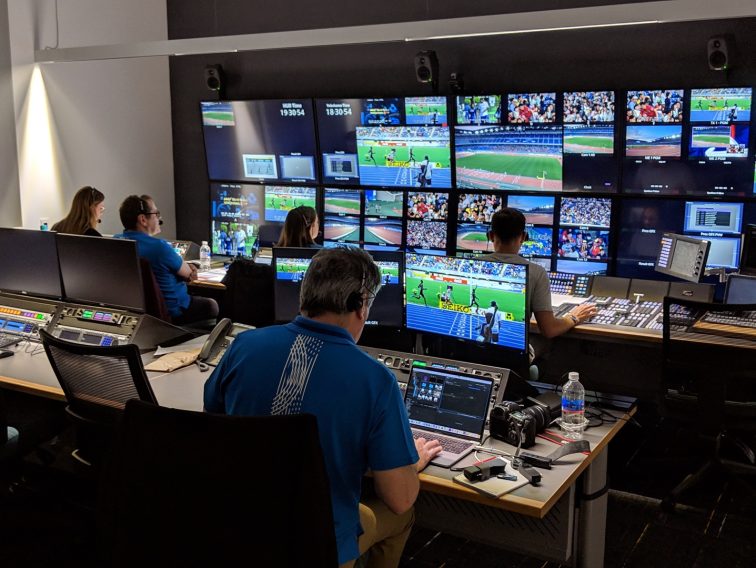The future of sports broadcasting is rapidly evolving with the integration of artificial intelligence (AI) and virtual reality (VR) technologies. These advancements are revolutionizing how fans experience their favorite sports events, providing a more immersive and interactive viewing experience.
AI technology is being used to enhance the way sports content is produced and delivered to viewers. With AI-powered cameras and algorithms, broadcasters can capture every angle of the game in real-time, allowing fans to feel like they are right in the middle of the action. This technology also enables personalized viewing experiences, as AI can analyze viewer preferences and tailor content accordingly.
In addition to AI, VR technology is also playing a significant role in transforming sports broadcasting. Virtual reality headsets allow fans to watch games from different perspectives, such as from the sidelines or even from within the game itself. This level of immersion provides a more engaging experience for viewers, making them feel like they are part of the action rather than just spectators.
The combination of AI and VR technologies has opened up new possibilities for sports broadcasting. For example, broadcasters can now create virtual stadiums where fans can interact with each other while watching a game together. This social aspect 해외스포츠중계 adds an extra layer of excitement to the viewing experience, making it more enjoyable for everyone involved.
Furthermore, AI-powered chatbots are being used to provide real-time updates and statistics during games, enhancing viewers’ understanding of what is happening on the field. These chatbots can answer questions about players, teams, and rules, making it easier for casual fans to follow along with the action.
Overall, the integration of AI and VR into sports broadcasting has transformed how fans engage with their favorite teams and athletes. The future holds even more potential for these technologies as they continue to evolve and improve over time.
As we look ahead to what’s next in sports broadcasting, one thing is clear: AI and VR will play a crucial role in shaping how we consume sports content in the future. Whether it’s through personalized viewing experiences or immersive virtual environments, these technologies have already begun to change the way we watch and interact with our favorite sports events.
In conclusion, the future of sports broadcasting looks bright thanks to advancements in AI and VR integration. Fans can expect a more interactive and engaging viewing experience that brings them closer to their favorite teams than ever before. As technology continues to evolve at a rapid pace, we can only imagine what exciting innovations lie ahead for sports enthusiasts around the world.

